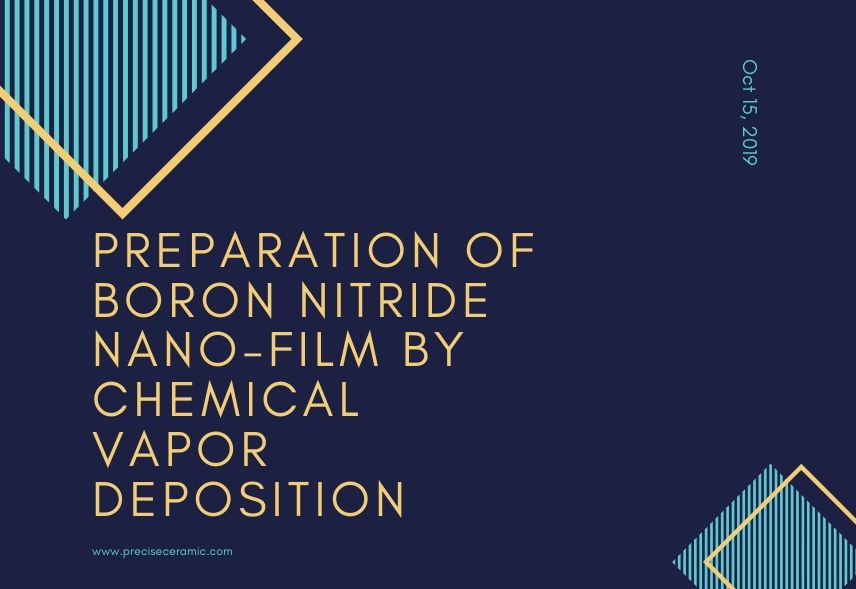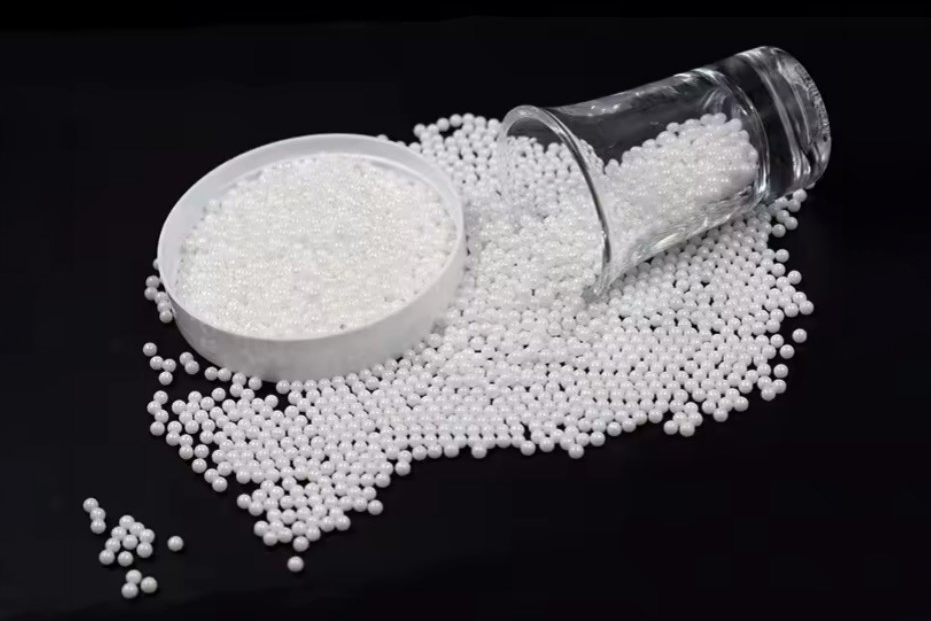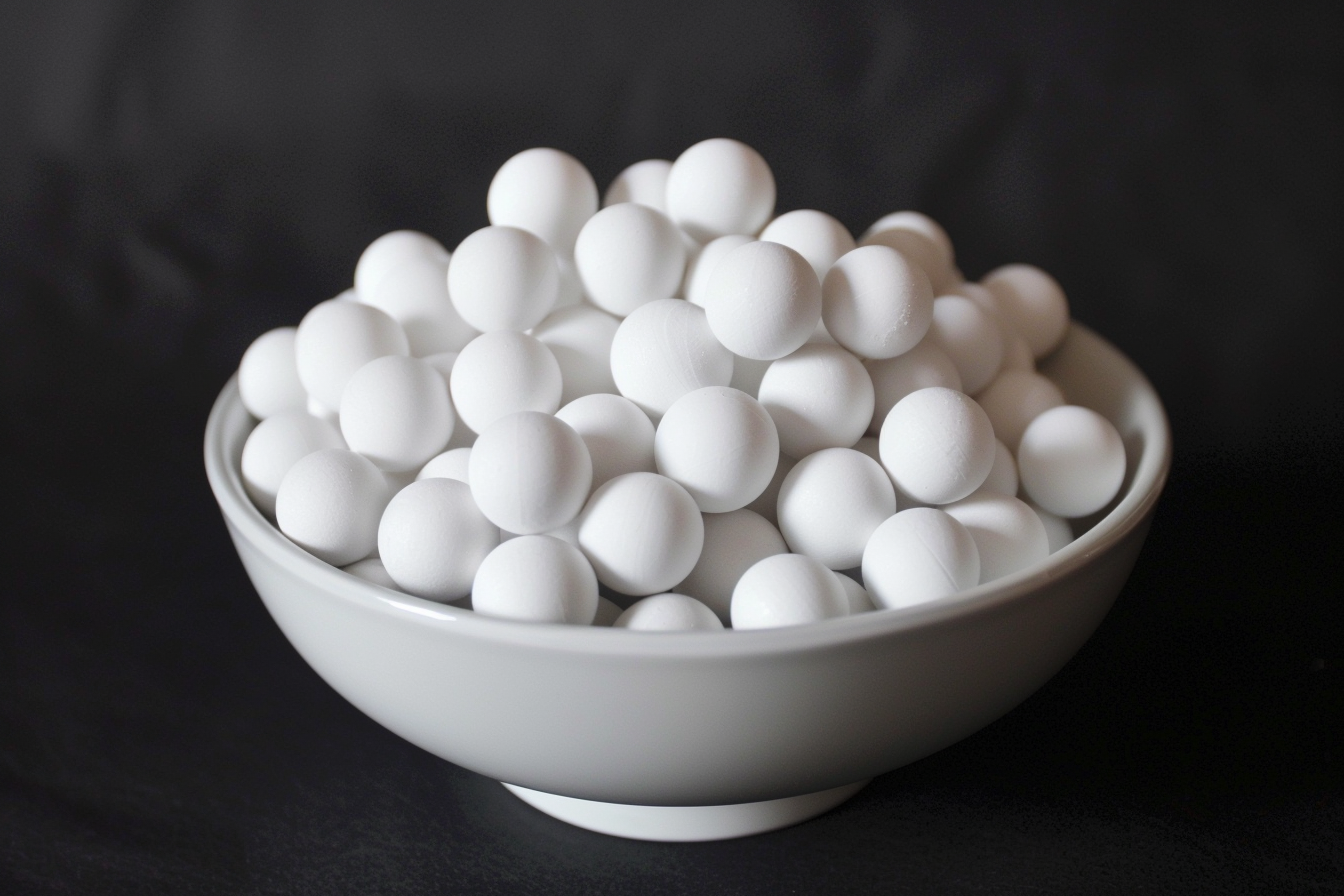Preparation of Boron Nitride Nano-Film by Chemical Vapor Deposition

Boron nitride (BN) nano-films are a type of two-dimensional material with remarkable mechanical, thermal, and electrical properties. These unique properties make them promising candidates for a wide range of applications, including electronics, energy storage, and catalysis. Chemical vapor deposition (CVD) is a commonly used method for synthesizing BN nano-films. The growth of BN nano-films by CVD can be classified into two main categories: epitaxial growth and non-epitaxial growth. In this article, we will discuss these two methods in detail and their respective advantages and disadvantages in the synthesis of BN nano-films.
Epitaxial Growth Method
Epitaxial growth of boron nitride nanofilms is carried out by using a binary system precursor (BF3-NH3, BCl3-NH3, B2H6-NH3) or a single precursor (BN3H6, B3N3H3Cl3, B3N3H3Cl6) for pyrolysis. Among them, a boron nitride film having a stoichiometric ratio of 1:1 can be deposited by pyrolysis of borazine.
Researchers at the University of Zurich in Switzerland have constructed rhodium-based boron nitride (also known as “white graphene”) nano-networks on the basis of rhodium. The thickness of the single-layer nano-mesh is 0.1 nm and the mesh spacing is 3.2 nm. By changing the atomic angle of a single layer of boron carbide, a transition from hydrophilic to hydrophobic can be achieved with or without power. Specifically, the material can change its nanostructure to change the static resistance of the atomic surface (one state is a highly viscous hydrophilic state, and the other state is a low-viscosity hydrophobic state), thereby changing its affinity/hydrophobic state.
The researchers successfully prepared a single-atom layer high-quality graphene/hexagonal boron nitride planar heterogeneous nano-film material on a copper-nickel alloy substrate by chemical vapor deposition (CVD) method, and successfully applied it to WSe2/MoS2 two-dimensional photoelectric components. The method utilizes the excellent catalytic ability of the copper-nickel alloy to eliminate the random nucleation of graphene while improving the crystal quality of the boron nitride single crystal. This causes the graphene domains to nucleate only at the apex angles of the triangular h-BN single crystal domains and grow along the h-BN side.
At present, research on depositing monoatomic layer hexagonal boron nitride nanofilm on the surface of metallic nickel is popular. Studies have shown that the x-orbital of nickel and the π orbital of hexagonal boron nitride are largely hybridized, indicating a strong bond between the hexagonal boron nitride and the metal substrate.
Non-Epitaxial Growth Method
Non-epitaxial growth is a method of producing boron nitride films without the need for a substrate. Instead, boron oxide (B2O3) and melamine powder are used as precursors, which are then heated to high temperatures (1100-1300 °C) in a nitrogen atmosphere. By controlling the growth temperature, the thickness of the boron nitride film can be controlled between 25-50 nm.
The concentration of the reactants determines the number of layers of the boron nitride nanofilm material. The non-epitaxial growth method offers several advantages over epitaxial growth, including the ability to produce large-area films and the potential for lower production costs.
Boron nitride films have a wide range of applications, including as insulating coatings for electronic devices, high-temperature lubricants, and thermal management materials. The non-epitaxial growth method offers a promising approach for the large-scale production of these materials, which could enable their widespread use in a variety of industries.
Conclusion
In conclusion, boron nitride (BN) nano-films have unique properties that make them ideal for various applications. Chemical vapor deposition (CVD) is used to synthesize BN nano-films through epitaxial and non-epitaxial growth methods. Researchers have made progress in constructing rhodium-based BN nano-networks and preparing high-quality graphene/hexagonal boron nitride planar heterogeneous nano-film materials. The non-epitaxial growth method offers a promising approach for large-scale production of BN films. BN nano-films have a wide range of applications and further research is needed to explore their full potential.
For more information, please visit https://www.preciseceramic.com/.
{{item.content}}
LEVE A REPLY
{{item.children[0].content}}
{{item.content}}
LEAVE A REPLY
SUBSCRIBE OUR NEWSLETTER
- Why Alumina Grinding Balls Are Replacing Steel Across Multiple Industries
- Case Study: Replacing Alumina Tubes with Mg-Stabilized Zirconia to Meet 1850°C Demands
- Case Study: Why 95% Alumina Beats 99% in Thermal Cycling
- Guide to Alumina Grinding Balls: Properties, Applications, and Selection
- Understanding DFARS Compliance: What It Means for Material Sourcing and Why It Matters











